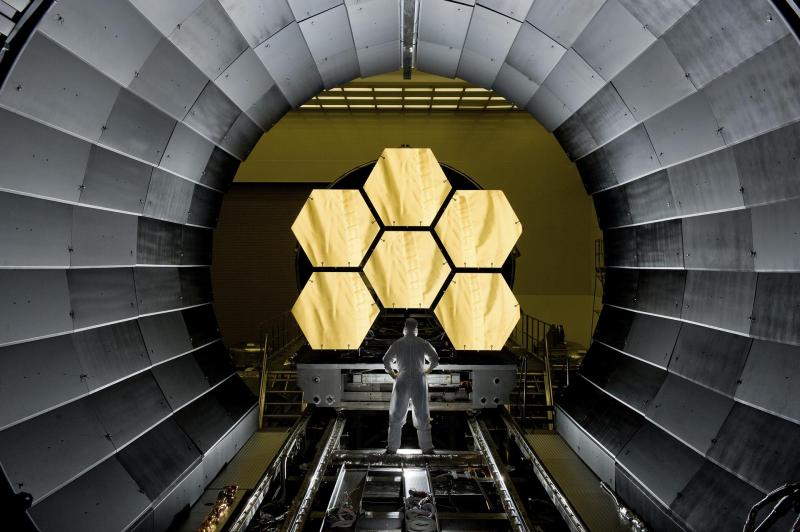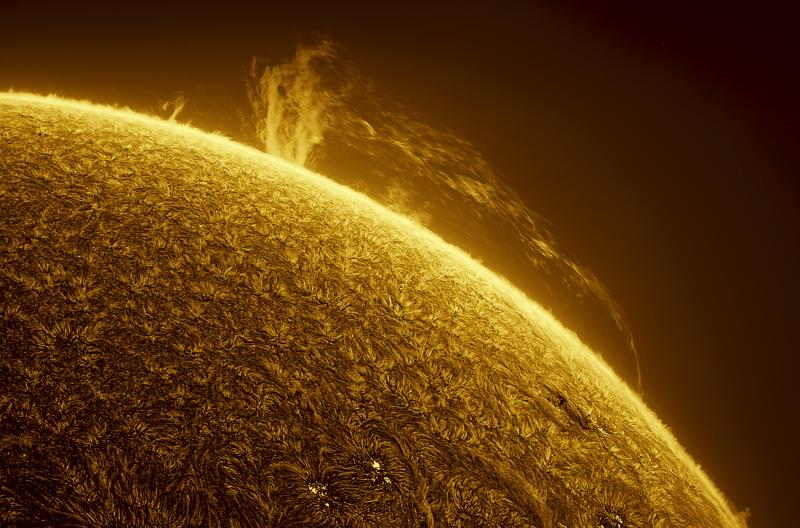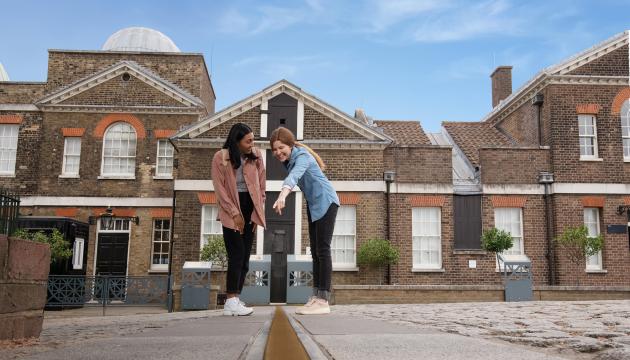
Essential Information
| Location | |
|---|---|
| Price | Included with Royal Observatory entry |
| Free for members . Not a member? Join now |
Stand beneath the magnificent onion dome and marvel at one of the largest refracting telescopes in the world.
See the Great Equatorial Telescope as part of your visit to the Royal Observatory Greenwich.
What is the Great Equatorial Telescope?
The 28-inch refracting telescope at the Royal Observatory Greenwich is the largest of its kind in the UK.
Built by the Grubb Telescope Company in Dublin and installed in 1893, the telescope was originally designed to be used for astrophotography. However, it quickly became vital to the Royal Observatory's research into double stars.
Anyone visiting Greenwich can see the telescope's distinctive 'onion dome' roof when they look up towards the Royal Observatory. But to truly appreciate the scale of the Great Equatorial Telescope, you have to step inside.
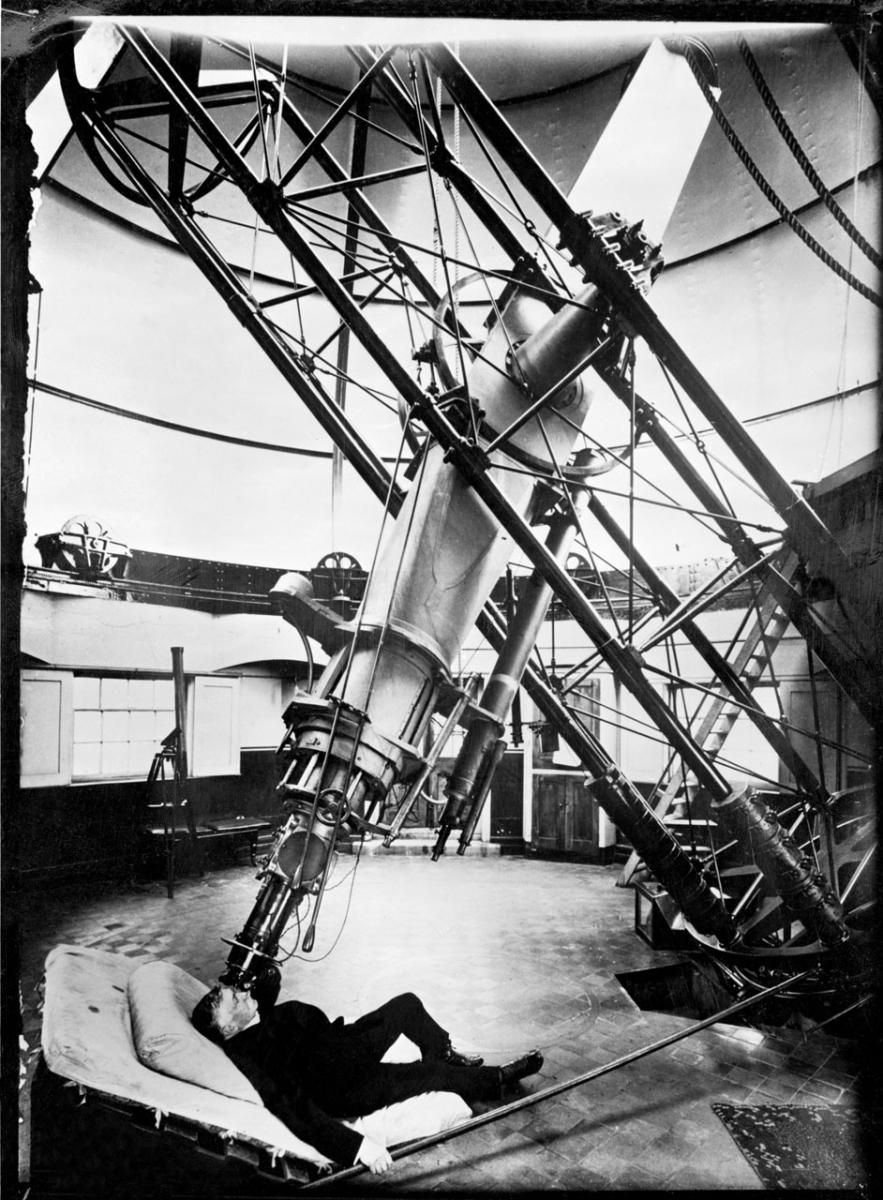
How does the telescope work?
Unlike the fixed telescopes elsewhere in the Royal Observatory, this telescope can rotate from east to west. This allows astronomers to swing the telescope across the night sky, keeping it moving in sync with the rotating stars.
The telescope is aligned with the Earth’s axis and moves parallel to the equator — hence the name Great Equatorial Telescope.
Starlight is collected by the 28-inch (71 cm) wide lens and then focused down to the eyepiece.
The telescope was mainly used to measure 'double stars'. Astronomers could look through the eyepiece and focus the telescope on one of a pair of orbiting stars using a crosshair. The second star would be visible just to the left or right.
By measuring the changing angle and separation between two stars over time, astronomers could calculate the mass of these distant suns.
Great Equatorial Telescope facts and figures
The telescope tube is over 28 feet (8.5 metres) long, and the lens is 28 inches (71cm) wide.
Astronomer Royal William Christie first proposed a new telescope in 1885. Eight years later, in 1893, the Great Equatorial Telescope telescope was finally installed.
Royal Observatory astronomers measured around 600 pairs of stars each year using the Great Equatorial Telescope. Today astronomers have counted over 150,000 double stars.
The telescope is round at each end but square in the middle. The reason for this strange shape is that the mount it rests on was originally made for a smaller telescope. The new design had to be 'squeezed' in the middle to fit.
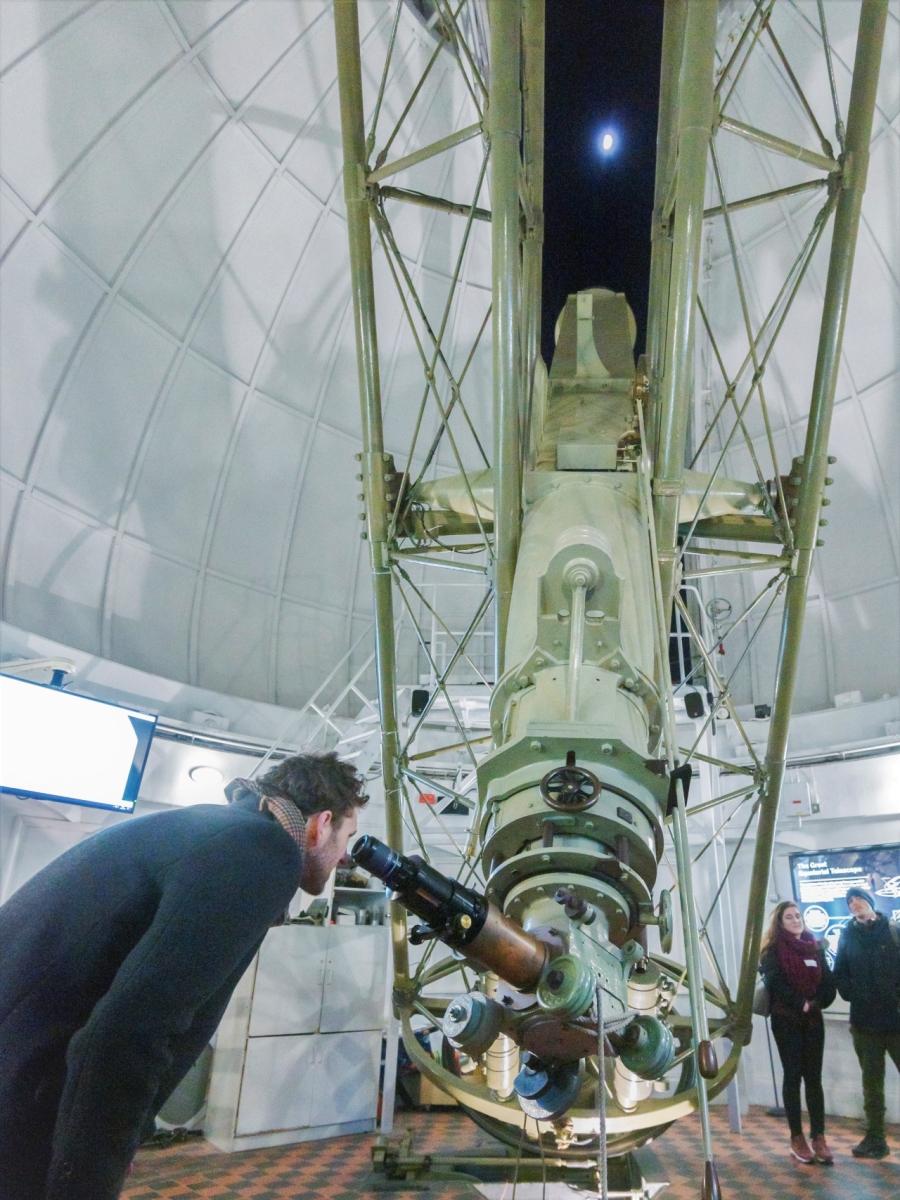
Does the Great Equatorial Telescope still work?
The dome of the Great Equatorial building was almost completely destroyed during the Second World War after a nearby hit from a VI flying bomb on 15 July 1944.
Luckily, the telescope itself had been dismantled and removed to a place of safety at outbreak of war in 1939. The Great Equatorial Telescope you see today is the original instrument.
After the war, the telescope continued to be used at the Royal Observatory's new observation centre at Herstmonceux Castle in Sussex, before finally being retired and returned to Greenwich in 1971.
The Great Equatorial Telescope's long years of service may be over — but it still works.
The Royal Observatory hosts regular public astronomy sessions inside the dome during the winter months, and a new computer-aided guidance system and CCD camera help astronomers today show visitors just how powerful this historic instrument still is.
Telescopes past, present and future


